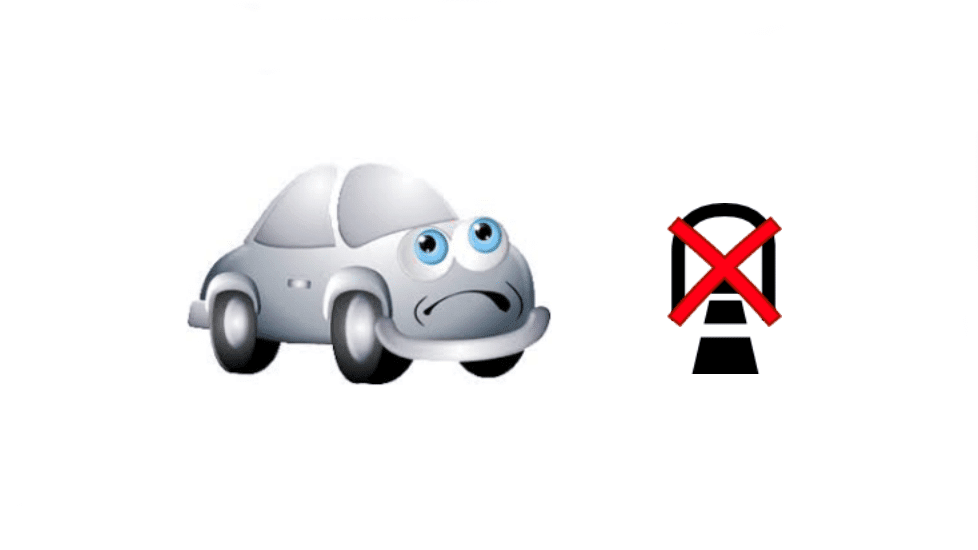For some reason we have recently taken a higher number of calls from some customers (or end-users) in relation to the performance of a compressor – namely that it might be jamming (attempting to start but not quite able to) or hunting (starting and stopping in quick succession).
We certainly don’t claim never to have a faulty component, such as the compressor pump, non-return valve or on-delay timer, but in the vast majority of cases the root cause of the problem is an installation or environmental factor. This is especially the case where using a compressor without receiver.
In simple terms, an air compressor has to have a reasonable volume of air to compress – depending on its own power and output, and required pressure – which is why almost all ‘off the shelf’ compressors sit atop a receiver, or air tank. Our compressors without receiver are a compact and cost-effective way of maintaining a dry/alternate fire sprinkler system, where the sprinkler pipework is acting as the pressure vessel. However, it’s important that if the sprinkler pipework is to be used as the pressure vessel then the volume of pipework open to the compressor itself, and the pressure switch controlling it, has to be significant if not entire.
In a number of recent cases where we’ve had a ‘complaint’ or enquiry of the above nature, it has turned out that there has been an air maintenance device, restricted orifice or in one case the system isolation down the line had just not been opened. If there is a restriction in the line close to the compressor head, then it is likely to cause the above-mentioned problems… or it may work fine for a while, but the additional strain being placed on the compressor will certainly shorten its life considerably.
We liken this to trying to drive a big car into a small tunnel… you might get away with it, but there’s certainly a risk it won’t do your car any good!
We’re happy to advise on the right compressor for the job (compressor with ‘buffer’ receiver, integrated air maintenance device, low pressure model etc) Contact Us.

